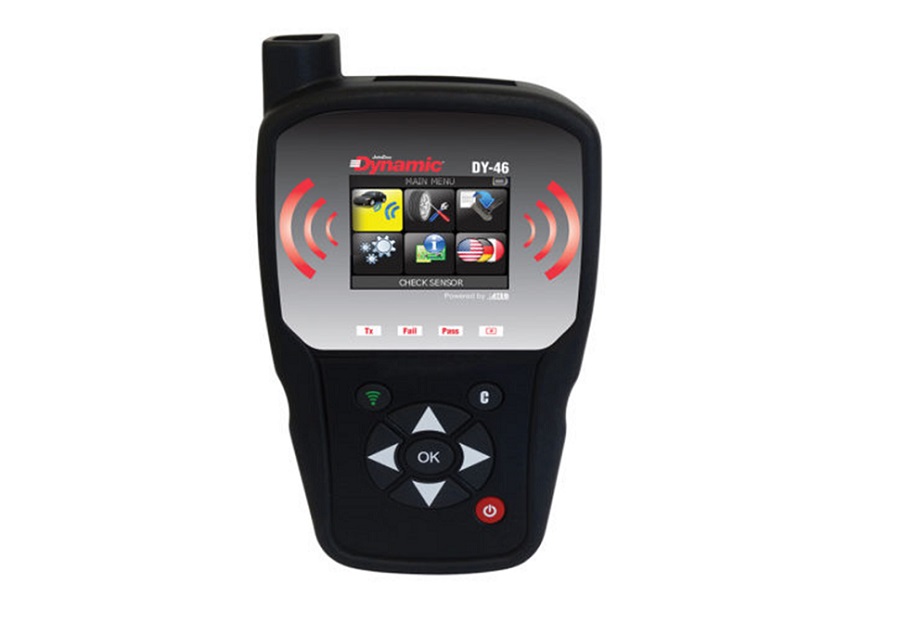If your car’s tire pressure monitoring system (TPMS) isn’t working properly, it’s important to get it fixed as soon as possible. A broken TPMS can lead to a number of problems, including decreased fuel efficiency and premature tire wear. By following a few simple steps, you can ensure that your TPMS sensor is replaced quickly and correctly. In this article, we’ll show you the four best practices for TPMS sensor replacement.
1. Determine the TPMS Problem
The first step in replacing a TPMS sensor is to figure out what’s causing the problem. There are a few different things that can go wrong with a TPMS, so it’s important to diagnose the issue correctly. The most common TPMS problems are:
- A faulty sensor
- A broken transmitter
- A low battery
- Interference from other electronic devices
2. Use the Right Tools
Once you’ve found the right sensor for your car, it’s time to start the replacement process. You’ll need a few basic tools to get the job done, including a socket wrench and a torque wrench. Note that it is crucial to have the right and quality TPMS diagnostic tools as it will make your work easier, faster, and more efficient. Plus, by having the best tools, you are also assured of the safety and accuracy of the whole process.
3. Follow the Manufacturer’s Instructions
Each TPMS sensor is a little different, so it’s important to follow the manufacturer’s instructions when replacing it. In most cases, you’ll need to remove the old sensor and then install the new one in its place. Make sure to tighten the new sensor securely, as a loose sensor can cause problems down the road. It will also help if you check out whether your TPMS is light blinking or solid and the difference, as there are specific instructions for each. Knowing the basics is important to get the job done right.
4. Choose the Right Sensor
There are a few different types of TPMS sensors on the market, so it’s essential to choose the right one for your car. Most sensors will work with any type of car, but there are some that are specific to certain brands and models. If you’re not sure which sensor to buy, consult your car’s owner’s manual or ask a professional. Remember that you can always buy the best TPMS sensors in the market to avoid any hassles and mistakes.
To Conclude
A working TPMS is essential to the safety and performance of your car. By following these simple steps, you can be sure that your sensor is replaced quickly and correctly. So, don’t wait – if you think there’s something wrong with your TPMS, get it checked out as soon as possible.

